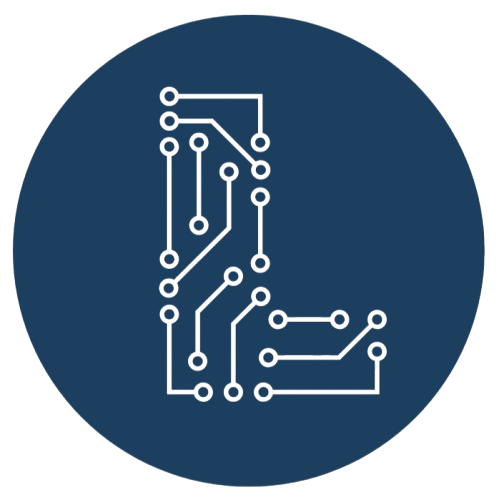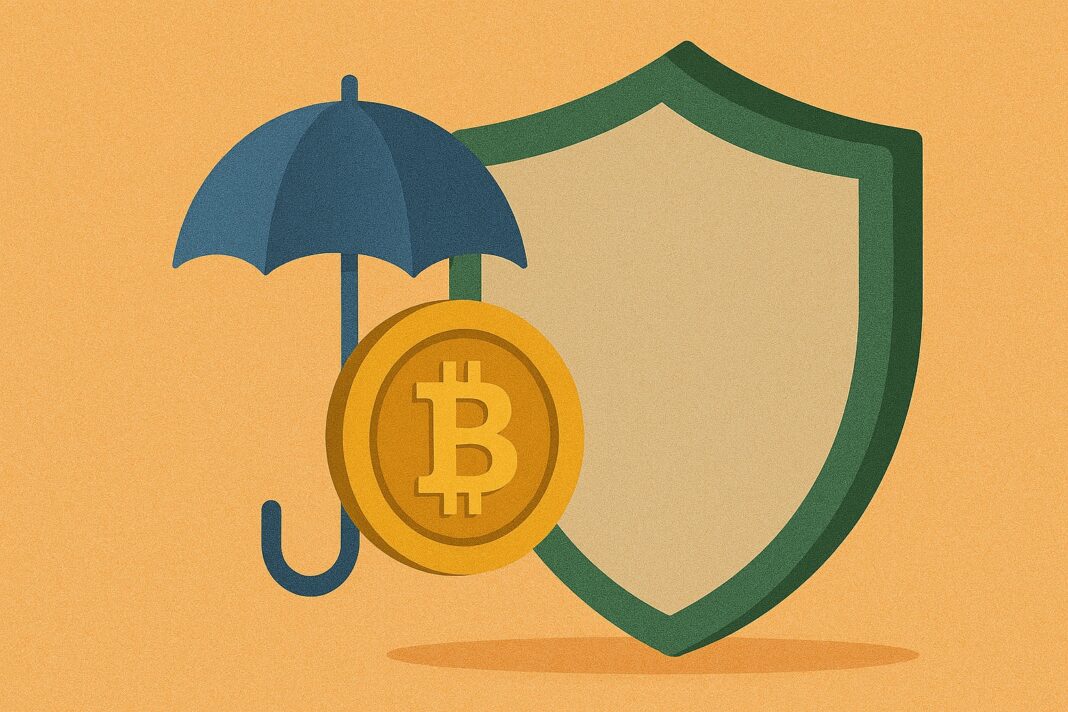
The European Insurance and Occupational Pensions Authority (EIOPA) has proposed a new regulation requiring insurers to maintain capital equivalent to the full value of their cryptocurrency holdings.
The recommendation, included in a technical advice report to the European Commission on March 27, reflects a growing concern over the volatility and risks associated with digital assets.
Policy Recommendations and Potential Implications
Unlike traditional assets such as stocks or real estate, which require insurers to hold only partial capital reserves against their exposure, crypto holdings would be subject to a 100% capital charge.
EIOPA stated that this conservative approach is justified due to the high volatility of assets like Bitcoin and Ethereum, which have previously seen price declines of up to over 60% respectively.
The proposal aims to fill a “regulatory gap” that currently exists between the Capital Requirements Regulation (CRR) and the Markets in Crypto-Assets Regulation (MiCA), neither of which comprehensively addresses crypto asset risks for insurers.
In its report, EIOPA presented four policy options for the European Commission to consider. The first option suggested no regulatory change, while the second and third proposed setting “stress levels” of 80% and 100% respectively on crypto assets, indicating the proportion of capital insurers must hold to cover potential losses.
The fourth option recommended that regulators also assess broader risks posed by tokenized assets. EIOPA endorsed the third option, asserting that a 100% stress level would better align with transitional treatments under the Capital Requirement Regulation (CRR) and more accurately reflect the downside risks of crypto exposure.
According to EIOPA, this approach would ensure strong policyholder protection without incurring excessive costs for insurers, given that crypto holdings currently represent just 0.0068% of all insurance undertakings in the EU.
Data from Q4 2023 revealed that insurers in Luxembourg and Sweden hold the majority of crypto exposure, accounting for 69% and 21% respectively. Other countries with smaller but notable exposure include Ireland (3.4%), Denmark (1.4%), and Liechtenstein (1.2%).
Most of these exposures are structured within investment vehicles such as exchange-traded funds (ETFs) and are held on behalf of unit-linked policyholders.
Outlook and Regulatory Context
EIOPA noted that despite the immaterial size of current crypto holdings, future adoption by insurers may require a more nuanced regulatory approach.
While digital assets are gaining traction, particularly in investment products tied to policyholder accounts, their inherent volatility presents unique risks that differ from traditional asset classes.
The EU’s ongoing implementation of MiCA is expected to provide clearer guidelines for the crypto sector as a whole, but EIOPA’s proposal signals that insurance-specific safeguards will also be prioritized.
The regulator emphasized that the 100% capital requirement should not be viewed as overly restrictive, especially given the current low levels of crypto exposure. Instead, the recommendation is seen as a preventive measure to ensure solvency and protect policyholders in the event of market shocks.
Featured image created with DALL-E, Chart from TradingView

Editorial Process for bitcoinist is centered on delivering thoroughly researched, accurate, and unbiased content. We uphold strict sourcing standards, and each page undergoes diligent review by our team of top technology experts and seasoned editors. This process ensures the integrity, relevance, and value of our content for our readers.



